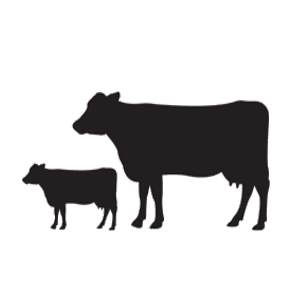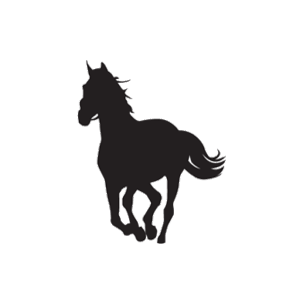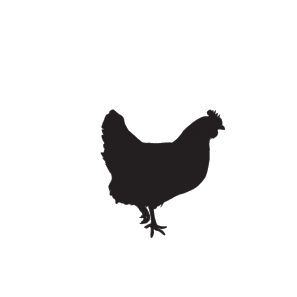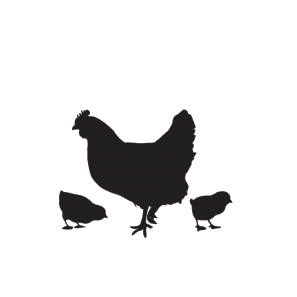Ionophores are molecules that help move ions like calcium, sodium, potassium, and magnesium across a cell membrane. They do this by combining with the ion, increasing its ability to penetrate the barrier. This is helpful because ions are essential for maintaining the processes that happen inside a cell to keep it alive and function properly. This includes things like:
- Building and repairing itself: Cells use energy and materials to grow, make new parts, and fix damage.
- Taking in and releasing substances: Cells import nutrients and expel waste products through their membrane, which acts like a gatekeeper.
- Creating energy: Cells convert nutrients into energy to power their activities.
- Communicating with other cells: Cells can send signals to coordinate with each other and their environment.
- Copying themselves: Cells can reproduce to create new cells for growth and repair.
- Maintaining their structure: Cells have internal parts (or organelles) that perform specific tasks to keep the cell organized and functional
Ionophores in feed work primarily by altering the fermentation process in the digestive tract which leads to improved feed efficiency, increased weight gain, reduced risk of digestive disorders and improved control of the coccidia parasite for example. These benefits facilitate improved financial performance by delivering improved animal performance, reducing feed consumption and costs, and reducing animal losses.
Having said all that about these ‘magical’ molecules, there are some animal species for whom ionophores are toxic. Their toxicity arises for the very reason they benefit other animal species, their ability to disrupt the function of cells by interfering with the movement of ions across cell membranes, which in turn impacts energy production and muscle function.
Horses and game are particularly susceptible due to their unique physiology and how they process certain feedstuffs. Their athletic nature, which requires significant energy production for movement, endurance, and other physical demands means they exhibit high levels of metabolic activity in their skeletal and cardiac muscles and the toxic effects of ionophores on these can be disastrous.
Epol operates 6 mills across South Africa and while we do use ionophores across 5 of our mills given the numerous benefits they deliver in terms of animal performance and ultimately farm profitability, our Pretoria mill is an ionophore free site. This site is home to the production of the bulk of our leading horse and game feeds.
If you would like more information about Epol and our feeds, please contact your nearest TA















